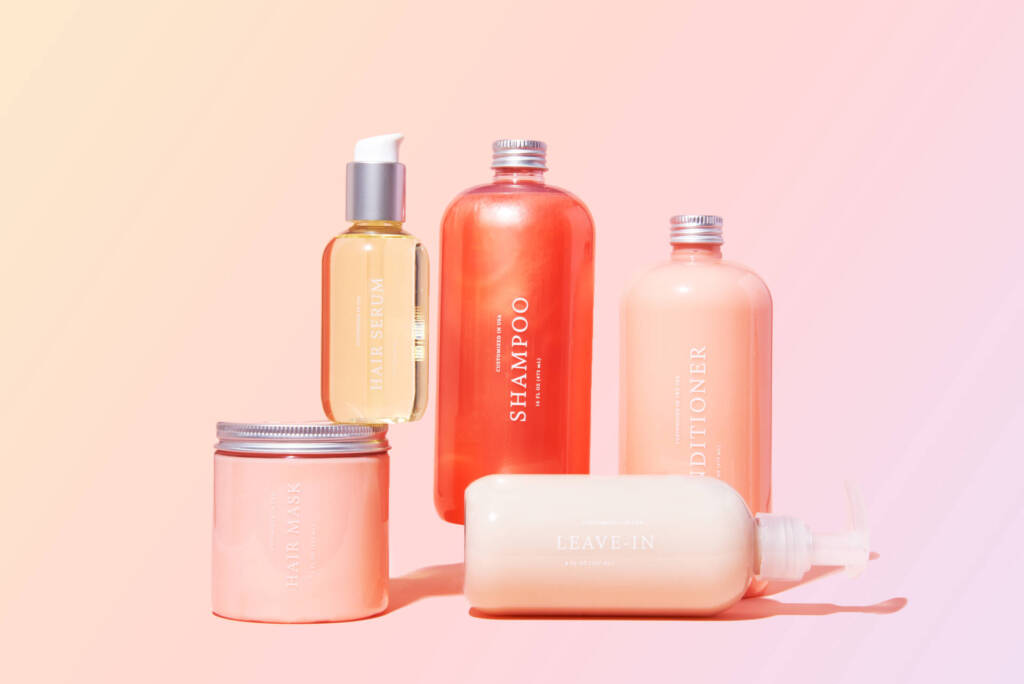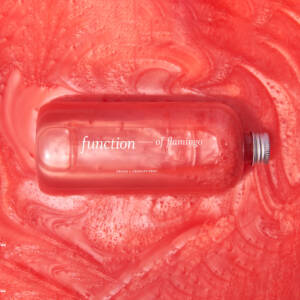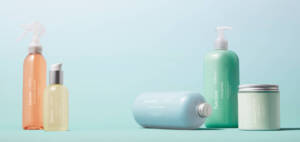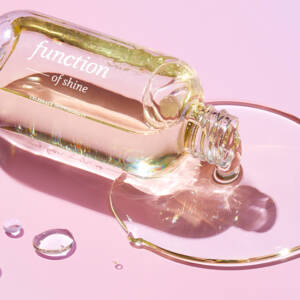Of all the common hair concerns, dealing with oily hair may be one of the most frustrating. Hear us out.
While there’s no shortage of frizz-fighting serums and shine-enhancing sprays, there are still relatively few solutions for those dealing with greasy strands. This is especially true if said strands happen to be on the flat and thin side (read: fine hair). When your hair looks oily, the last thing you want is to weigh it down with even more products. Trust us — the results are never good.
So, what’s an oily-haired gal to do? Hide under a baseball hat? Dry shampoo your hair into oblivion? Think again.
We caught up with our in-house haircare experts to get the scoop on the eight daily habits every oily-haired girl should live by to achieve a healthy, balanced mane. Here’s what they had to say.
What Causes Oily Hair?

Before we dive into how to manage oily hair properly, it’s important to understand what causes it.
More often than not, greasy hair is brought on by a buildup of excess sebum. As you may have heard, sebum is a naturally occurring oil produced within your sebaceous glands located near your hair follicles. Your body can usually tell how much oil it needs to make to keep your scalp healthy and hydrated.
Unfortunately, the oil glands sometimes kick their sebum production into overdrive, resulting in excess oils that leave our scalp and hair feeling greasy. This could be caused by internal factors like a hormonal imbalance or external factors like your everyday beauty routine.
8 Habits to Combat Oily Hair
How often you wash your hair, the types of products you use, and how you style your tresses can all contribute to having oil-slicked strands. This is where the below tips come into play.
1. Apply Conditioner the Right Way
Fact: Conditioner is not only OK for oily hair types to use but it’s also necessary. It provides a healthy dose of hydration, nourishment, and protection that your locks can’t get from shampoo alone. The key, however, is to find one that works for your individual hair needs.
Our suggestion: Try Function of Beauty’s customizable formulas, which are individually formulated according to your unique hair type and hair goals (“oil control” is one of them to combat the excess scalp oil).
The way you apply conditioner also makes or breaks oily hair. Instead of applying your conditioner all over your mane, we advise using it just at the ends and avoiding the scalp entirely. This will help keep your hair from looking flat and greasy.
And whatever you do, don’t forget to rinse your tresses thoroughly. Sometimes, what you think is grease is just shampoo or conditioner that you haven’t completely rinsed out.
2. Wash Less Often
You heard us right. As counterintuitive as it sounds, washing your hair too frequently may be the culprit for your greasy roots.
Here’s what happens: You wake up with an oily scalp, so you wash your hair to fix it. In the process, though, you strip your hair of its natural sebum. Your body’s response is to replace it with more oil, which can sometimes lead to an overproduction of sebum. The result is a never-ending cycle that leaves you with nothing but oily hair.
Besides that, mass-market formulations are often filled with sulfates. While these potent cleansing agents aren’t harmful, they can sensitize your scalp, especially with overwashing. So on top of the too-greasy fibers, you may be dealing with an itchy scalp and other forms of discomfort.
To combat this, try skipping the shampoo at least once or twice a week (if you’re already washing your hair every day), as this may help ensure you’re not overdoing it. And make sure to choose a sulfate-free shampoo. Bonus if it’s made with natural ingredients that will be gentle on your mane.
Just don’t expect to see results overnight — it may take a couple of weeks before your scalp’s sebum production can rebalance itself.
3. Switch Up Your Brush

It’s still widely believed that brushing oily hair will only make it worse. But the truth is, with the right brush, you can remove and distribute some of that oil so that your roots appear less greasy.
Boar bristle brushes (or faux boar bristle brushes, if you’d like a vegan option) are excellent for those with greasy roots. The fibers help pick up and distribute the natural oils throughout the hair.
Just be sure that you’re not overbrushing. Doing so can stimulate excess oil production and may even cause damaged hair and hair loss. As is the case with most things in life, it’s all about finding the right balance.
4. Choose Your Products Wisely
While some haircare products can work wonders on your oily hair (hi, dry shampoo!), others only exacerbate the problem.
That’s why, when choosing your styling products, we recommend staying away from any products that are labeled “shine-enhancing” or “anti-frizz.” These formulations usually contain oil or silicone, which may weigh your tresses down and make them look greasier.
Instead, look for products with volumizing properties, which will help lift your hair and keep it from coming into contact with your oily roots.
5. Don’t Touch Your Hair
It may not seem like a big deal, but all of that finger twirling and raking you do throughout the day can really affect the look and feel of your tresses.
Like your hair, your fingertips and face also produce sebum, which can easily be transferred to your ‘do, making the problem of oily hair even worse. So, in other words, hands-off!
6. Avoid Straightening Your Mane

Bad news for those addicted to flat irons: Straightening and blowing out your mane can make your strands look even oilier. (Psst, gravity is working against you.)
Straight hair gives grease and oil a direct path down your hair shafts, making oily hair even more noticeable. Your mane also tends to lie flat on the scalp once straightened, which means it’ll likely come into contact with the sebum on your scalp and face.
What’s the solution? Try a curly or wavy hairstyle, which will help add volume to your hair so that it doesn’t become too greasy too quickly.
7. Go Easy on the Dry Shampoo
While we’re all for embracing dry shampoo in between hair washes, there is such a thing as using too much dry shampoo. Too much dry shampoo results in unwanted product buildup, as with any product that sits on your hair. This can dehydrate your scalp, causing it to produce even more oil.
Try cutting back on the dry shampoo and adding another wash day into your schedule (if you’re not already washing your hair every 1-2 days) to combat this issue. This will help rid your hair of all the excess oil you’re trying to cover up and reduce any harmful product buildup in the process.
8. Use a Scalp Scrub

To help further reduce buildup, we suggest implementing a scalp scrub or exfoliant into your haircare routine once or twice a week.
Look for something consisting of finely ground textures such as sugar (not microbeads). Be sure to apply to a wet scalp, as the water will act as a carrier for the product. When applying the scrub, use small, circular motions with the tips of your fingers (never your nails) to gently massage the exfoliant into your scalp, just as you would with a facial exfoliant.
For an easy DIY (and vegan!) scrub, we like to mix two tablespoons of sea salt, two tablespoons of lemon juice, and two tablespoons of olive oil. The salt helps rid your scalp of any dead skin, dirt, or buildup, while the olive oil helps provide your strands with a healthy dose of hydration. Your oily hair may as well be considered a thing of the past!
Buh-Bye, Oily Hair!
Oily hair can throw a wrench into your plans for a cute hairstyle. But with a few tweaks to your haircare routine, you can dial down the grease factor on your ‘do.
From less hair washing (if you’re overdoing it) to the right products, the verdict is clear: You can transform your greasy roots and oil-soaked strands into the appearance of glowing, healthy hair. Ready to find the best shampoo and other haircare products for your oily hair? Take our hair quiz here!





